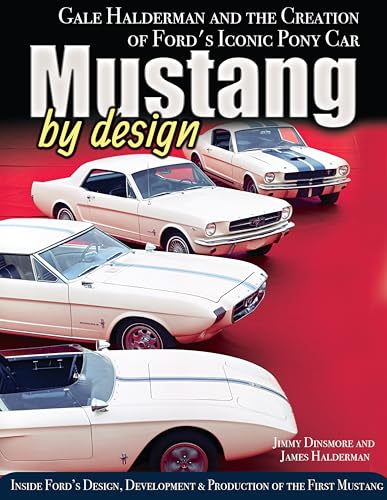I'm just really hoping I can get my oil pan off without pulling the whole motor back out. I have the Moroso 7 qt pan, anybody ever remove one of these pans without completely removing the engine? I know I will have to raise the engine a couple inches at least, maybe drop the sway bar? Thanks for all the help everybody!!
Below is just one of a few different ways to do it.
Remove positive battery cable.
Remove oil dip stick.
Remove fan shroud bolts and rest shroud on fan because fan will hit the shroud when you jack the engine up if you have the stock setup.
Apply E brake then Jack front end up and install jacks or use drive up ramps . Block rear wheels also if you have blocks.
Inspect the exhaust before jacking engine up to see if anything might hit or bind.
Loosen trans mount nuts . This will prevent the mount from cracking when you jack the engine up.
If necessary, mark the location of the shift rod on the shifter then remove it from the shifter to prevent anything from getting bent etc . Make sure the E brake is on in case you accidentally knock it out of park even though it's nearly impossible for it to roll.
Put newspapers on ground under engine to catch drips.
Remove sway bar.
Remove the starter if you want more room.
Drain oil and remove oil filter then reinstall drain bolt and tighten it.
Wipe the filter mount area . It should no longer drip after doing that.
Remove the long engine mount bolts that go thru the frame . If they don't easily come out, wait until you jack it up slightly then remove them.
If you have an auto trans, undo the bracket that holds the trans lines to the engine . Undo the trans lines from the radiator . You can sometimes leave them attached but there is some risk of possible cracking or kinking involved if you do that . With the bracket unbolted and the lines disconnected from the radiator, you can pull them off to the side and hold them with wire or long zip tie etc . This keeps them out of your way when working on the pan gasket.
You can lift the engine with a hoist or by installing around a 12" long 2x4 under the front of the oil pan if it has a stock pan . I have done this countless times, however, I have never done this with a Canton pan so make your own decision about doing this . Make sure the engine mount bolts are removed.
Once all is good, jack engine up a little at a time while periodically checking clearances.
Your limit "should" be when the trans hits the top of the tunnel.
Once the engine is as high as you want it, you can place wood under the engine mounts then lower the jack to remove it if you used a floor jack.
Undo the pan bolts then pull it down . It might take some effort due to sealers that might have been used.
Remove the oil pump mounting bolts then lower the pump into the pan . If the counter weight on the crank is limiting your access to the oil pump bolts, you can rotate it until it is out of the way . After the pump bolts are removed, simply lower the pump into the pan . The oil pump driveshaft will likely come with it . This can easily be pulled out of the pump . There may be a clip on the shaft . If there is, note where the clip is and reinstall the shaft it in the same direction or mark one end.
Try to remove the pan . You may have to rotate the crank to get the counterweights out of the way.
After installing the pan gasket for reassembly however you want to do it, place the pump in the pan then position the pan under the engine with it resting on the cross member.
Install the oil pump driveshaft then the oil pump then the pan.
After tightening the pan bolts to spec or with moderate force, I go over all of them two more times because the ones that get tightened first are often a bit loose after the last one is tightened . I do the same thing with the intake manifold bolts for the same reason.
.




















































